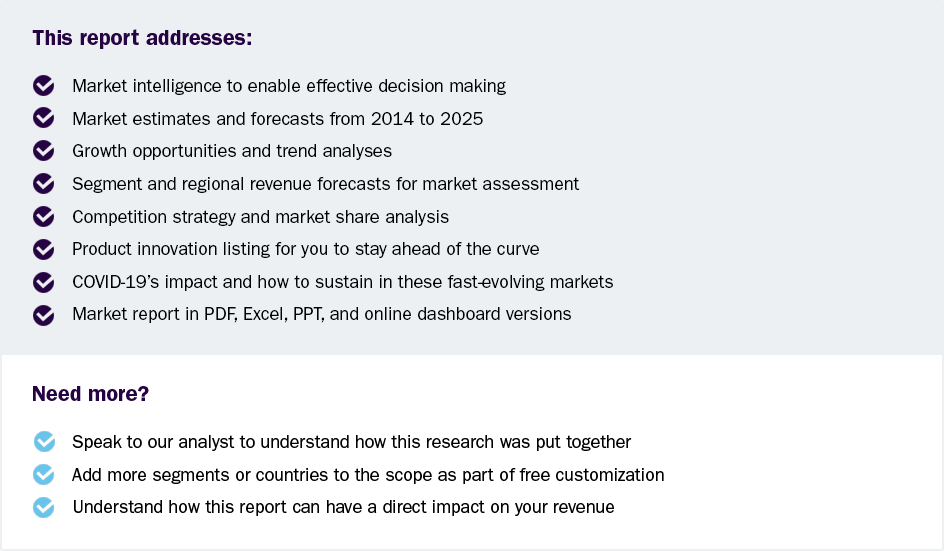Books Market To Reach $215.89 Billion By 2033 | CAGR 4.1%
Books Market Growth & Trends
The global books market size is estimated to reach USD 215.89 billion by 2033, registering to grow at a CAGR of 4.1% from 2025 to 2033, according to a new report by Grand View Research, Inc. Increasing consumer expenditure on books, fueled by rising incomes and interest, as well as ongoing format improvements that have improved the entire reading experience, are among the primary reasons driving the book business forward. Independent publishers have been on a rise in the recent past. According to Linchpin SEO, there were approximately 69,709 independent publishers in the book industry as of 2020. In response to the apparent monopoly in traditional publishing, excluded individuals have turned to independent publishers not associated with large publishing houses.
While traditional publishing companies seek to corner the market, independent publishers provide an opportunity for diversity and inclusion among authors and niches. These publishers are smaller and, in some cases, completely digital and that is the key behind their numbers increasing year on year. Along with this, most large publishers are privately owned. So, it is difficult to assess the number of books being sold globally and the revenue that is generated from it.
The growing trend of the reverse supply chain, also known as re-commerce, offers new opportunities for selling used books. Re-commerce exemplifies the growing trend toward transforming consumption through reuse. Thus, re-commerce retailers such as Momox, reBuy, and Quoka.de are the biggest drivers of the industry. While printed books are irreversibly on a path of decline, it remains an extremely large market for print. Business model changes have shifted control over the value chain to authors and retailers, making demand unpredictable. Digital production inkjet print technology opens the window for book manufacturers to respond to compressed patterns of demand through labor and inventory cost savings.
Offset and digital production printing will coexist for the foreseeable future, but few book manufacturers will be able to justify reinvestment in offset printing technology; most will not have a choice but to invest in digital production printing systems if they are to survive and grow. A changing retail distribution landscape will further force the adoption of more automated and flexible book printing and manufacturing. As booksellers adapt to online business models in a fraught global economic moment, 2021 could determine whether independent bookstores survive. Owners say that it is not just their solvency at stake but also the role of books across global communities.
In terms of the supply chain, the production process in the entire industry has slowed due to the coronavirus outbreak. For instance, Amazon has been experiencing changes in its ability to ship products worldwide from the U.S. This has affected Kindle Direct Publishing’s ability to fulfill orders for proof and author copies.
 Request a free sample copy or view report summary: Books Market Report
Request a free sample copy or view report summary: Books Market Report
Books Market Report Highlights
-
North America is expected to contribute a majority of the share to become the largest division in the global revenue in 2024. The existence of a high number of independent publishers and publishing companies in the region is expected to spur regional market growth. A wide network of wholesalers and distributors around the region also makes it easier for readers to find books in various forms.
-
For many readers, literary fiction provides a much-needed escape from everyday life. This effect is even more pronounced in the fantasy genre, where-untethered from scientific and societal laws are limited only by their imagination-fantasy authors explore themes by creating their worlds.
-
During the forecast period, the local book shops segment is expected to account for the largest market share. Independent bookstores play an important role in the communities they serve, serving a safe haven for children after school to a fun way for a group of friends to spend a Saturday afternoon. According to an article released by indigo9digital, the number of independent bookshops in the United States declined by 40% between the mid-1990s and 2009.
Books Market Segmentation
Grand View Research has segmented the global books market based on type, format, distribution channel, and region:
Books Type Outlook (Revenue, USD Billion, 2021 - 2033)
-
Science
-
Historical
-
Mystery
-
Fantasy
-
Literary
-
Contemporary /Realistic
-
Romance
-
Educational
-
Comic
-
Others
Books Format Outlook (Revenue, USD Billion, 2021 - 2033)
-
Hard Copy
-
E-book
-
Audiobook
Books Distribution Channel Outlook (Revenue, USD Billion, 2021 - 2033)
-
Online
-
Local Book Shops
-
Mass Merchandisers/Retail Shops
-
Specialty Bookstores
-
Others
Books Regional Outlook (Revenue, USD Billion, 2021 - 2033)
-
North America
-
U.S.
-
Canada
-
Mexico
-
-
Europe
-
UK
-
Germany
-
France
-
Italy
-
Belgium
-
Netherlands
-
Luxembourg
-
-
Asia Pacific
-
China
-
India
-
Japan
-
Australia
-
South Korea
-
Indonesia
-
Thailand
-
Vietnam
-
Singapore
-
Malaysia
-
-
Central & South America
-
Brazil
-
Argentina
-
-
Middle East & Africa (MEA)
-
South Africa
-
UAE
-
Saudi Arabia
-
List of Key Players in Books Market
-
Disney.
-
Penguin Random House
-
Pearson
-
Hachette Book Group
-
HarperCollins Publishers
-
Scholastic Inc.
-
Simon & Schuster, Inc.
-
McGraw-Hill.
-
Macmillan
-
IDW Publishing

